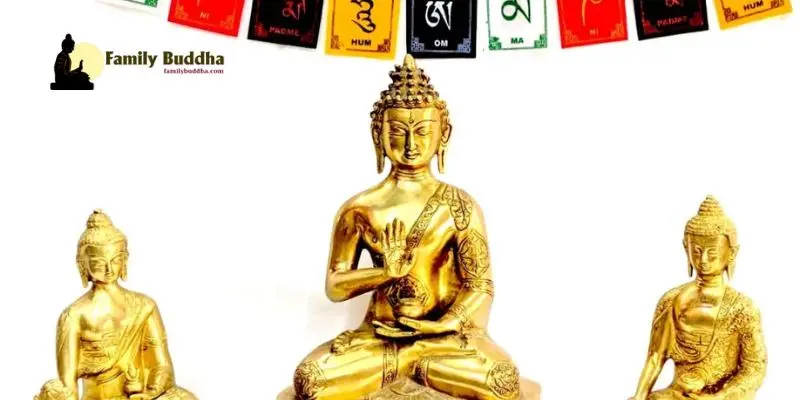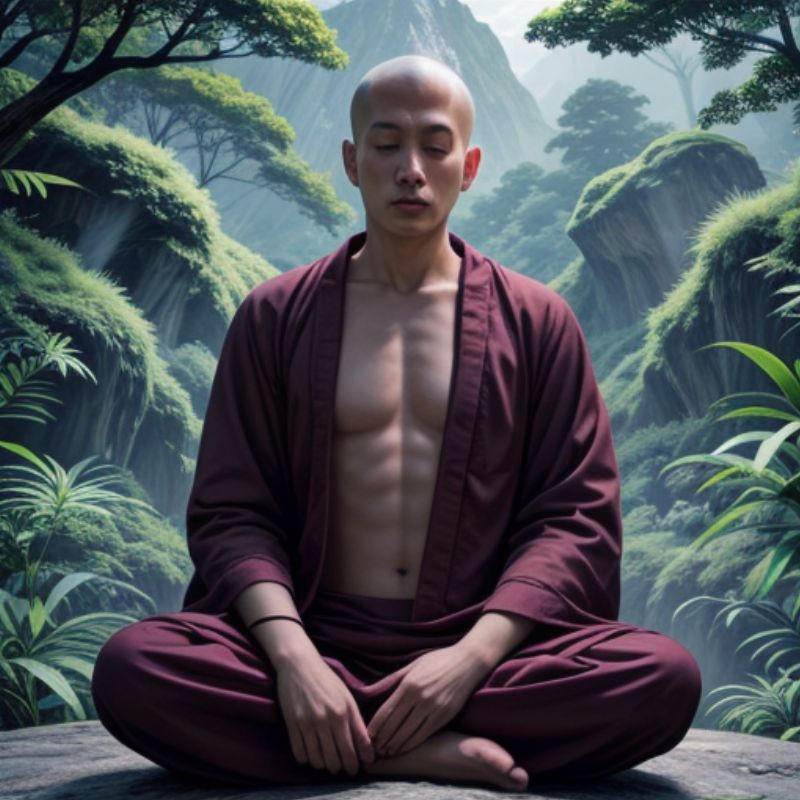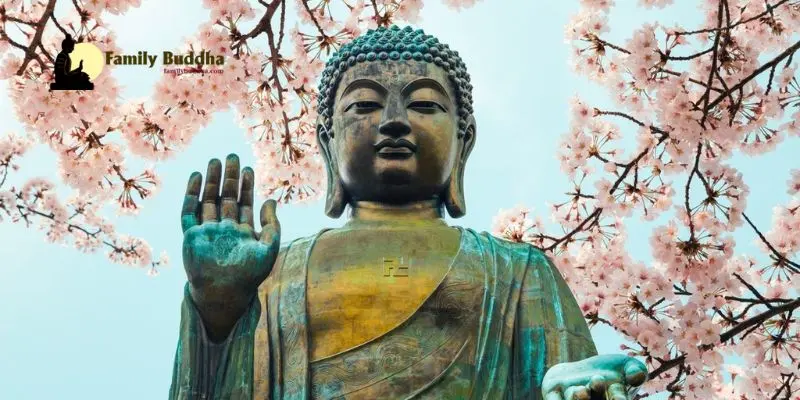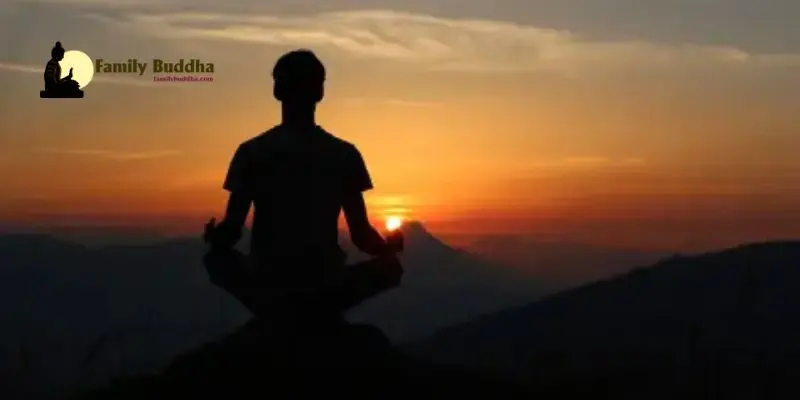Have you ever seen a statue of Buddha with his hands forming intricate gestures and wondered about their meaning? These symbolic hand gestures, known as “mudras,” are far more than mere aesthetics. They hold deep spiritual significance in Buddhism, channeling energy, evoking specific states of mind, and even conveying profound teachings. As the Vietnamese proverb wisely states, “Lời nói bay đi, chữ viết còn lại” (Spoken words fly away, written words remain), these mudras serve as a silent language, their meaning etched across centuries of Buddhist practice.
Understanding Mudras: A Gateway to Inner Peace
In the tapestry of Buddhist practices, mudras are threads of profound meaning, woven into meditation, rituals, and iconography. The word “mudra,” originating from Sanskrit, translates to “seal,” “gesture,” or “mark.” Just as a seal signifies authenticity, each mudra seals within it a specific energy or intention, acting as a conduit between the practitioner and the divine.
More Than Meets the Eye: The Deeper Significance of Mudras
While mudras may appear as simple hand gestures to the uninitiated, they hold profound significance on multiple levels:
1. Symbolic Representations: Each mudra embodies a specific Buddhist concept, deity, or spiritual quality. For instance, the Abhaya mudra, with its open palm facing outward, symbolizes fearlessness, protection, and the dispelling of ignorance.
2. Energy Channels: In Buddhist thought, the body is a network of energy channels, known as “nadis,” with focal points of energy, called “chakras.” Mudras are believed to influence the flow of energy through these channels, harmonizing the body and mind.
3. Mental Focus: The practice of mudras enhances concentration and mindfulness. By holding a specific gesture, the mind gently settles, drawing awareness inward and fostering deeper states of meditation.
4. Ritualistic Significance: Mudras are integral to various Buddhist rituals and ceremonies. Monks and practitioners may use specific mudras while chanting, visualizing deities, or making offerings, amplifying the power of their practice.
Exploring Common Mudras and Their Meanings:
The world of mudras is vast and intricate, with countless variations across different Buddhist traditions. However, certain mudras are universally recognized and widely practiced. Let’s delve into the symbolism and significance of some of the most common mudras:
1. Dhyana Mudra: The Gesture of Meditation
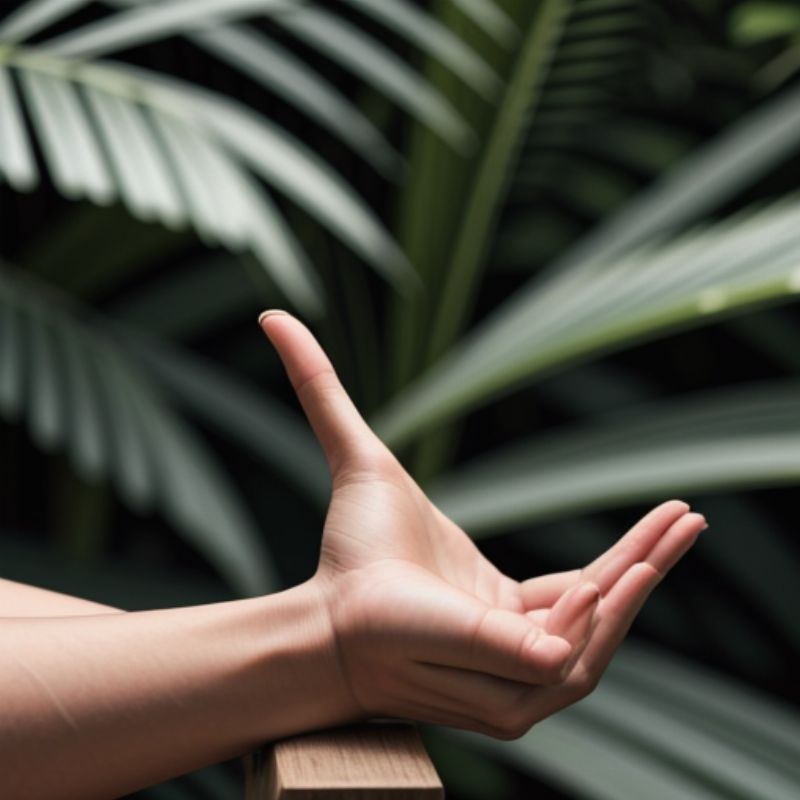 Dhyana Mudra: Hands Resting in Meditation
Dhyana Mudra: Hands Resting in Meditation
Often depicted in statues of the meditating Buddha, the Dhyana Mudra embodies tranquility and deep concentration. The hands rest in the lap, palms facing upward, with the right hand gently placed atop the left. This symbolizes:
- Union of Wisdom and Compassion: The right hand, representing wisdom, rests upon the left, symbolizing compassion, illustrating the harmonious balance of these qualities in meditation.
- Receptivity to Enlightenment: The upward-facing palms signify an open heart and mind, ready to receive wisdom and spiritual insights.
- Stillness and Tranquility: The Dhyana mudra induces a state of calmness and focus, allowing the mind to settle and transcend distractions.
This mudra is ideal for beginners in meditation, helping to cultivate stillness and enhance focus.
2. Abhaya Mudra: The Gesture of Fearlessness and Protection
 Abhaya Mudra: Dispelling Fear and Offering Protection
Abhaya Mudra: Dispelling Fear and Offering Protection
Instantly recognizable and frequently depicted in Buddhist art, the Abhaya Mudra exudes an aura of peace, security, and reassurance. The right hand is raised to shoulder height, with an open palm facing outward, fingers upright and joined. This mudra conveys:
- Dispelling Fear and Ignorance: Just as the Buddha calmed the raging elephant with this gesture, the Abhaya mudra dispels fear, doubt, and delusion, offering a sense of safety and security.
- Blessing and Protection: This mudra is a gesture of blessing, offering protection from harm and negative influences. It is a reminder of the Buddha’s boundless compassion and willingness to guide beings towards liberation.
- Inner Strength and Courage: The Abhaya mudra is not just about external protection; it also symbolizes inner strength and courage, encouraging us to face challenges with a fearless heart.
This mudra can be incorporated into daily life to invoke a sense of calmness during stressful situations.
3. Vitarka Mudra: The Mudra of Teaching and Intellectual Debate
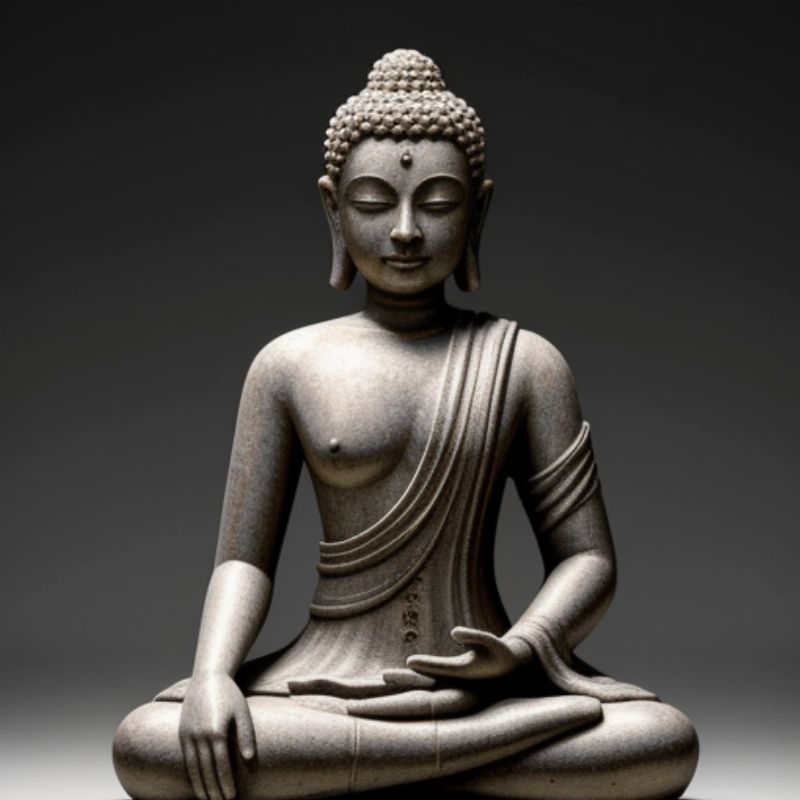 Vitarka Mudra: The Gesture of Teaching
Vitarka Mudra: The Gesture of Teaching
The Vitarka Mudra is frequently seen in depictions of the Buddha while teaching. The right hand is raised to chest level, with the index finger and thumb forming a circle, while the other three fingers are extended upward. This gesture symbolizes:
- Turning the Wheel of Dharma: The circle formed by the thumb and index finger represents the “Dharmachakra” or the “Wheel of Dharma,” signifying the Buddha’s teachings and their continuous flow.
- Transmission of Wisdom: This mudra represents the transmission of knowledge, wisdom, and spiritual understanding. It is a reminder of the importance of sharing knowledge and engaging in meaningful discourse.
- Clarity and Understanding: The Vitarka mudra promotes clarity of thought, sharpens focus, and facilitates intellectual exploration.
This mudra can be practiced while studying or engaging in intellectual pursuits to enhance comprehension and focus.
The Power of Mudras in Daily Life
The beauty of mudras lies in their accessibility. Integrating mudras into your daily life doesn’t require elaborate rituals or years of dedicated practice. Here’s how you can start incorporating mudras:
- During Meditation: Begin your meditation session by forming a mudra, such as the Dhyana mudra or the Abhaya mudra. Hold the mudra gently, focusing on your breath and the sensations in your hands.
- During Moments of Stress or Anxiety: Whenever you feel overwhelmed, take a few moments to practice the Abhaya mudra. Visualize its protective energy surrounding you and dissolving your fears.
- While Studying or Working: To enhance focus and clarity, try incorporating the Vitarka mudra into your study or work routine.
- As a Reminder of Your Intentions: Choose a mudra that resonates with your current aspirations or challenges. Place a small statue or image of this mudra on your desk or altar as a visual reminder of your intentions.
As Vietnamese Zen Master Thích Nhất Hạnh beautifully stated, “Peace is every step.” By integrating these simple yet profound gestures into your daily routine, you embark on a path of inner peace, mindfulness, and spiritual growth, unlocking the transformative power of mudras within.



